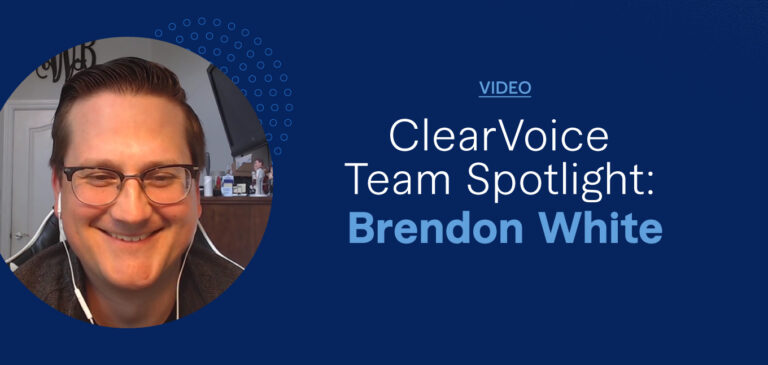As a digital marketer or content strategist, you’ve probably tried a few different methods to create content that speaks to your audience.
Many people start out writing content, managing social media, and brainstorming buyer personas in-house. Then, as the marketing efforts pay off and the company begins to grow, this work becomes more time-consuming and takes strategists and managers away from the big-picture tasks that only they know how to handle.
That’s when many organizations seek assistance in creating quality content that still speaks with their brand’s voice, but doesn’t need to be created in-house. That’s where I come in.
My name is Jordana, and I’ve been a freelance writer for almost eight years. If you’ve used ClearVoice before, we may have already worked together!
As a content writer, I specialize in working with brands to create exciting and informative content that speaks to their audience. One of the ways that I do that is through ClearVoice. This platform is an excellent resource for businesses of all sizes who want to use content to elevate their brand, connect with a new audience, or accelerate their growth potential.
Today, I’ll explain how I connect with brands using ClearVoice, and how the content creation process works on my end.
How the ClearVoice Platform Works for Freelancers
I first joined ClearVoice in 2018. Once I opened my account, the first step I took was creating a portfolio. I also had the opportunity to fill in my personal bio and information on which types of content I was open to writing. Finally, I was able to indicate a few main categories of expertise.
Once my profile and portfolio were set up, I could start submitting pitches and responding to assignment opportunities. When a ClearVoice talent manager thinks I could be the right fit for an assignment, it shows up in my ClearVoice dashboard under the Opportunities tab. From there, I can indicate that I’m interested or decline if it’s not something I’m able to do.
How the ClearVoice Content Creation Process Works
If I get selected as the writer on an assignment, the first thing I do is head over to my assignments tab and check out the instructions for that project.
There, the client or strategist can offer guidance on what they’d like to see in this specific piece, and how it fits into the campaign as a whole. They can also upload files and provide research material, brand links, and other external resources.
Offering these resources and providing detailed instructions is a great way to ensure we’re on the same page. Understanding your buyer personas, desired outline, and any SEO requirements will help me deliver an article that works for your needs.
There’s also a messaging platform in the individual assignment pages, which is a great way for me to ask questions or check-in with the client or editor as I write.
What Happens After I Submit an Assignment
After I finish writing and editing and I’m happy with my work, I copy it into the assignment window and hit ‘Submit Assignment’. From there, it heads over to an editor, or sometimes to the client directly, depending on how your account is set up.
If edits are required, either the editor or the client can request a revision, which sends it back my way, typically with a 48-hour deadline. Most of the time, the edits are quick and easy, and soon the piece has been marked ‘Complete’.
Learning more about how things work on the freelancer end offers brands a valuable opportunity to dial in their content needs and develop even better working relationships with their freelancers. If you ever have a question about how the ClearVoice platform works from a freelancer’s perspective, all you have to do is ask.






